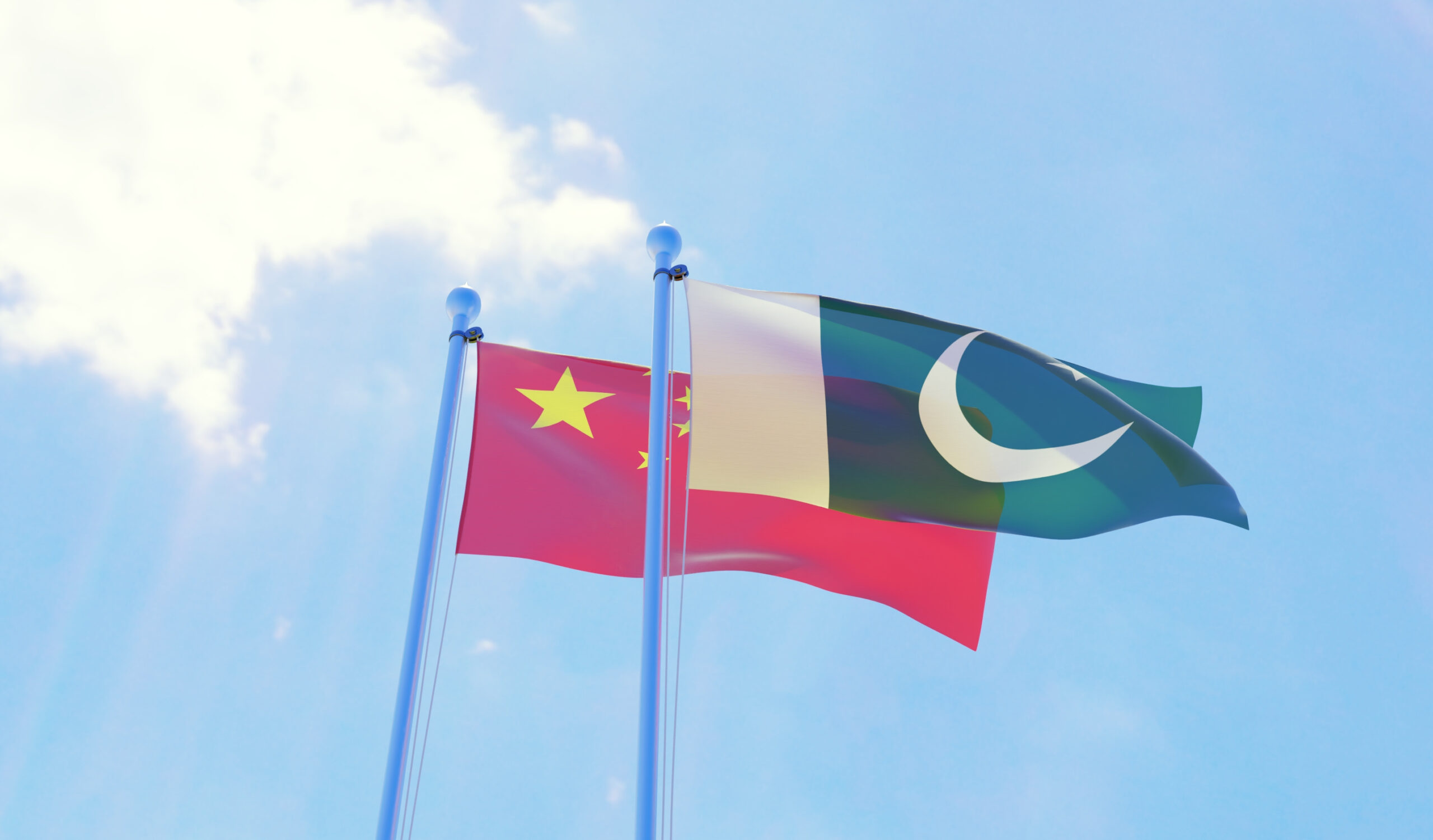
Prime Minister Shehbaz Sharif’s recent five-day visit to China has been hailed as a monumental success, demonstrating the depth and strength of Pakistan-China relations. The trip resulted in significant diplomatic and economic advancements, including the signing of 23 Memoranda of Understanding (MoUs) across various sectors. Despite the challenges, this visit underscores a deep-rooted bilateral relationship and showcases a path forward for economic cooperation, security enhancement, and strategic partnerships.
Strengthening Bilateral Ties
Prime Minister Sharif’s visit to China was marked by high-level meetings, including a substantial three and a quarter hour discussion with President Xi Jinping. This dialogue centered on upgrading the China-Pakistan Economic Corridor (CPEC), reflecting the commitment of both nations to deepen their economic ties. The Prime Minister ensured that the Karachi Circular Railway (KCR) was a focal point in these discussions, receiving favorable feedback from Chinese officials. Additionally, a committee has been established to advance the Main Line One project, which, along with 32 business-to-business agreements, signifies a robust and forward-looking partnership.
Economic Achievements and Future Prospects
The visit resulted in the signing of 23 MoUs, covering diverse areas such as transport infrastructure, industry, energy, agriculture, media, health, water, and socioeconomic development. These agreements are expected to bolster Pakistan’s economic landscape, enhancing trade and investment opportunities. The Pakistan-China Business Conference, which saw the participation of 500 business personalities, further underscored the economic potential of this bilateral relationship. China’s commitment to training 200,000 Pakistani youth in IT is a strategic move that is anticipated to significantly boost Pakistan’s IT exports. Pakistan’s Information Minister, Attaullah Tarar, highlighted the positive economic indicators emerging from this visit, including increased IT exports, a reduced current account deficit, rising foreign exchange reserves, and a stable currency. These developments reflect a promising trajectory for Pakistan’s economy, driven by strategic partnerships and international cooperation.
Addressing Security Concerns
Security remains a critical concern in the Pakistan-China relationship, especially given recent attacks on Chinese nationals in Pakistan. Prime Minister Sharif’s visit, accompanied by the army chief, Gen. Asim Munir, underscored Pakistan’s serious approach to addressing these security issues. The commitment to enhancing security forces deployment and ensuring the safety of Chinese nationals was a key aspect of the discussions. Both sides agreed on the importance of combating terrorism, with a particular focus on preventing militants from using Afghan territory for terrorist activities against Chinese interests.
Challenges and Criticisms
Despite the positive outcomes, the visit has not been without its challenges and criticisms. Observers point out that Pakistan’s economic partnership with China faces hurdles, primarily due to Pakistan’s poor economic policies. The country owes over $7.5 billion in project debt to power plants set up under CPEC and nearly $2 billion in circular debt to Chinese power producers. This debt burden poses significant challenges, requiring careful financial management and strategic planning. Economist Ali Hasanain criticized Pakistan’s approach to CPEC projects, suggesting that the country’s obligations in foreign currencies conflict with its domestic-oriented exchange rate and industrial policies. This misalignment has gradually narrowed Pakistan’s fiscal space, leading to a debt crisis where new loans are sought to pay off past debts. The much-delayed Mainline-1 (ML-1) project, with a cost of approximately $6.8 billion, exemplifies these financial strains, struggling to attract Chinese investment due to the anticipated financial stress.
Strategic Vision for the Future
Despite these criticisms, there is a strategic vision for the future of Pakistan-China relations. The renewed focus on CPEC 2.0 aims to optimize the existing infrastructure and attract Chinese energy-intensive industries to Pakistan, utilizing surplus power and enhancing economic productivity. This phase emphasizes industrial cooperation, mining and exploration, and leveraging Pakistan’s strategic location for economic growth. The joint statement issued at the end of the visit highlighted China’s encouragement for companies to invest in Pakistan based on market and commercial principles. This approach signals a cautious but optimistic pathway for future investments, focusing on sustainable and mutually beneficial projects.
Conclusion
Prime Minister Shehbaz Sharif’s visit to China has indeed been a historic and successful endeavor, reinforcing the timeless and exemplary friendship between Pakistan and China. The economic, strategic, and security agreements forged during this visit lay a solid foundation for future cooperation. While challenges remain, particularly in managing debt and aligning economic policies, the visit has demonstrated a strong commitment from both sides to overcome these hurdles and work towards a prosperous and secure future. The benefits of this visit are expected to reach the Pakistani public, enhancing economic opportunities, job creation, and overall socioeconomic development. The positive trajectory of Pakistan-China relations, as evidenced by this visit, reaffirms the enduring partnership between the two nations and sets a promising course for the future.
